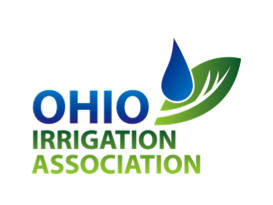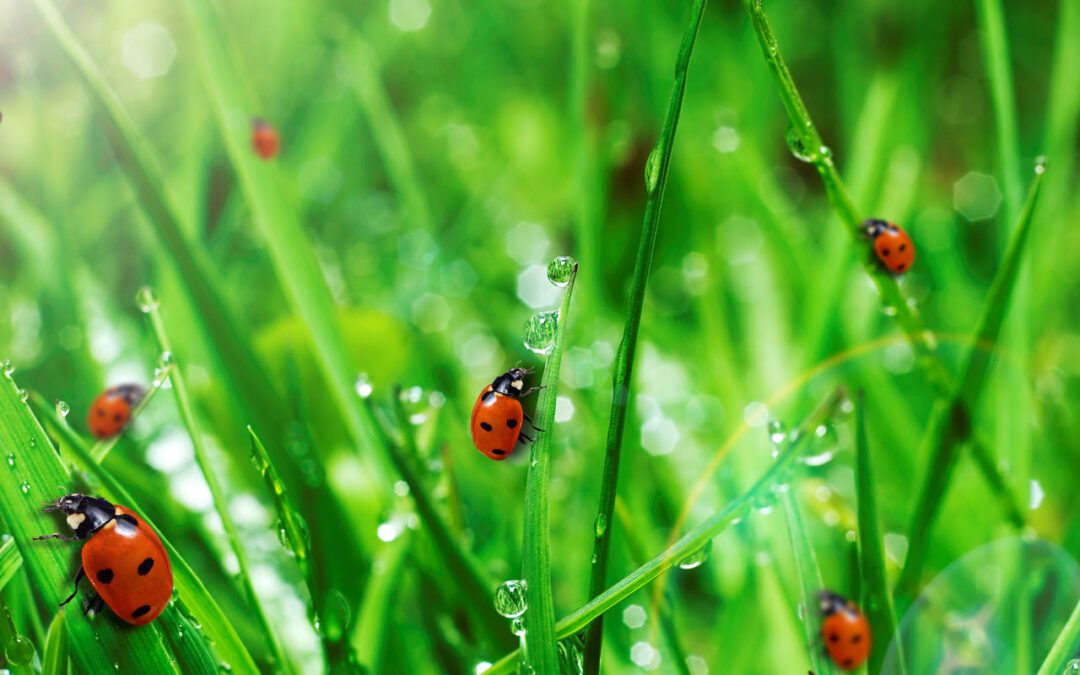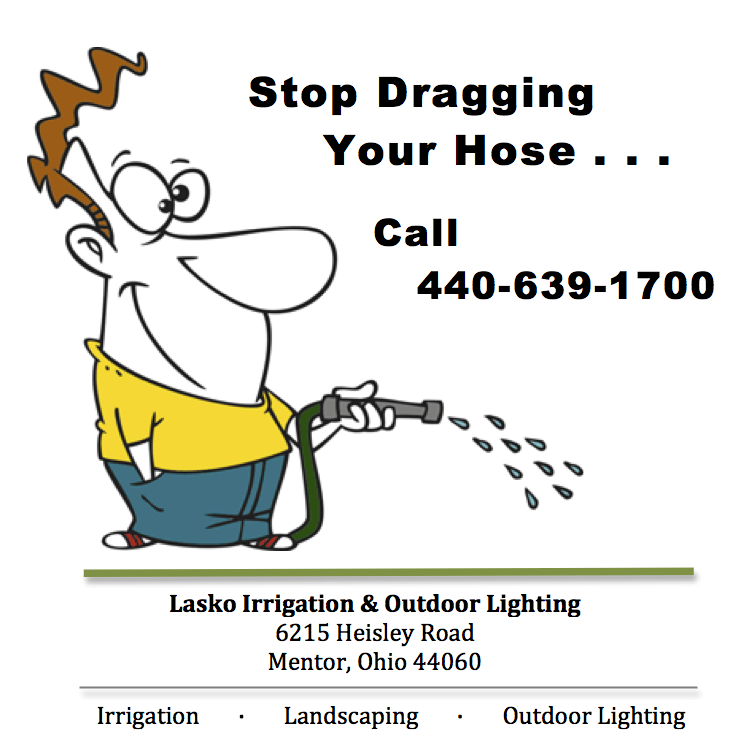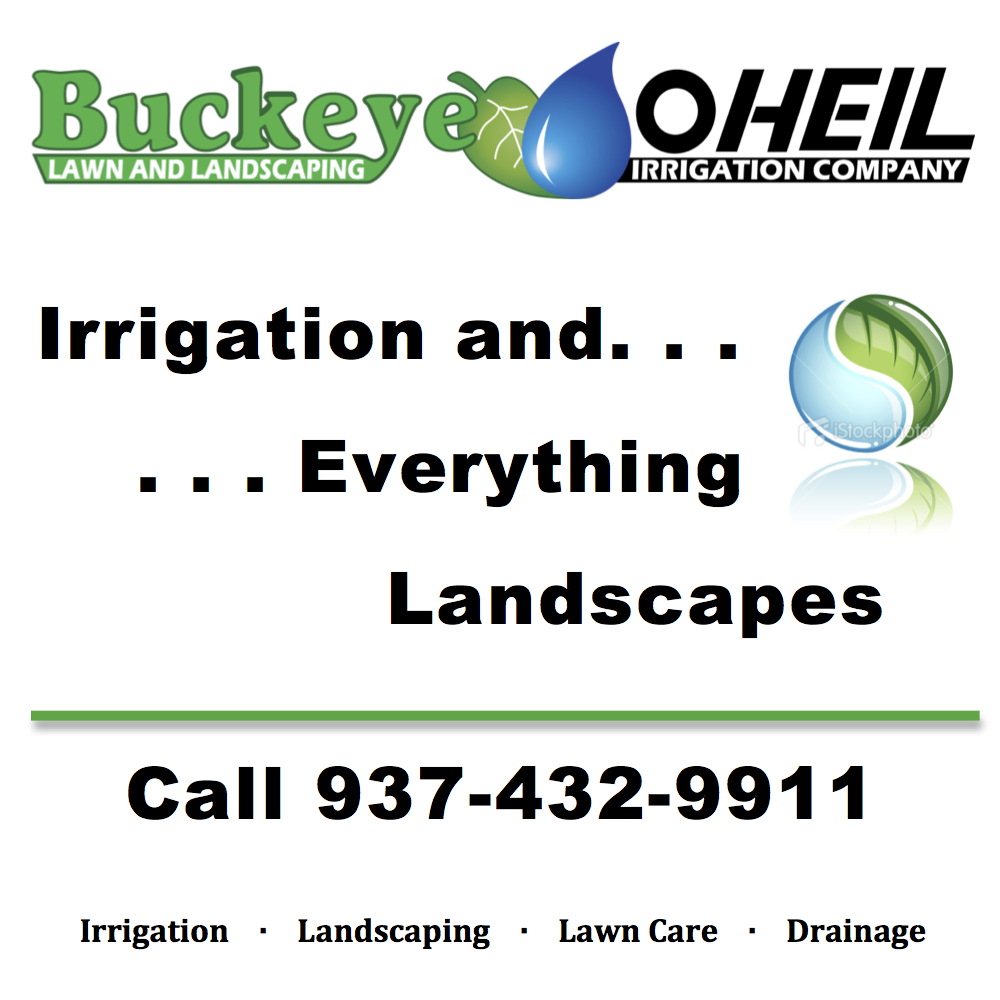The Most Eco-Friendly Way to Control Pests
in Your Customer’s Landscape
If your irrigation business also provides landscaping services, now’s the time of year to think about controlling spring pests. Grubs, billbugs, and dandelion seeds lurk beneath the snow, waiting to attack as soon as the first green appears.
Integrated pest management (IPM) is an effective and sustainable approach to pest control that employs a variety of techniques for managing common lawn and garden pests. It’s an eco-friendly alternative that can help prevent infestation from occurring.
IPM was first developed for large-scale agricultural operations, but its basic tenets also apply to residential landscapes. It incorporates an understanding of plant biology, insect pests, and plant diseases, taking into consideration a landscape’s entire ecosystem – not just a segment.
IPM Control Strategies
IPM involves four general control strategies: cultural control, physical control, biological control, and chemical control. Each of these strategies should utilize natural solutions for the least-disruptive pest management measure possible.

Not a Landscaper?
If your irrigation business does not provide landscaping services, you may wonder why IPM matters to you. The fact is, poor irrigation practices can sabotage your customer’s IPM strategy, significantly increasing the likelihood of lawn and garden pests, particularly:
- Leaf spot and other fungal diseases
- White grubs, spittlebugs, and garden slugs due to overwatering
- Sod webworms, bluegrass billbugs, and spider mites due to under watering.
In addition, customers who employ IPM techniques will benefit greatly from a periodic irrigation audit to ensure maximum effectiveness.
Cultural Control
Cultural control measures modify natural environment to reduce the potential for pest problems. An example would be removing old plant material, infested plants, and weeds that may harbor pests.
Optimizing plant health is another cultural control method. This would include proper irrigation, fertilization and pruning to reduce plant stress. Two of the most effective cultural controls are selecting native plants (which are naturally resistant to native pests) and hydrozoning.
Physical Control
Physical controls are activities that physically remove or block a pest from your customer’s landscape. These controls are most effective when pest populations are low. Examples of physical controls include spraying plants with water to dislodge pests, installing barriers such as row covers or nets, setting insect traps, and hand-pulling weeds.
Physical controls can also be employed for pests that build nests or feed together. For instance, pruning out web-infested branches can reduce pest populations and damage.
Biological Control
Biological control involves using a pest’s natural enemies (e.g., beneficial insects) to reduce pest numbers. There are two different kinds of biological control: conservation and augmentative.
In conservation biological control the landscaper provides the resources needed to attract and keep a pest’s natural enemies within the landscape. Such resources might include nectar and pollen, alternative prey, water, and nesting sites.
For augmentative biological control the landscaper releases the pest’s natural enemies directly into the environment. Lady bugs and praying mantises are popular choices for this purpose. For weed management, the seedhead and rosette weevils have proven to be effective biological controls.
—Article Continues Below—
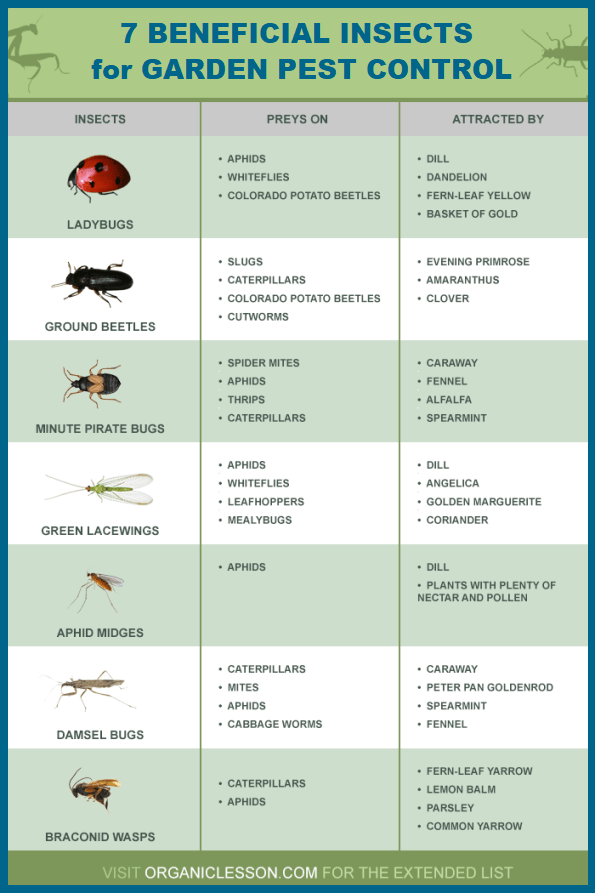
Chemical Control
Chemical control is used in IPM only as a short-term solution and only after all other options have been explored. There’s a reason for this: pesticides or herbicides can often do more harm than good. For example, pesticides can kill natural enemies along with the pest, causing pest populations to rebound more quickly than their natural enemies do. The result can be a “pesticide treadmill,” where you’re always trying to stay one step ahead of the pests.
When utilizing chemical control measures, be sure to choose “selective” insecticides and herbicides that are less persistent in the environment and affect only the targeted pest. By leaving natural enemies in place you’ll help control more pests in the long term.
Additional Tips
The National Pesticide Information Center recommends these additional IPM Techniques to prevent future pest problems and reduce the long-term need for pesticides:

IPM Standards in Ohio
Ohio companies that offer IPM services must meet governmental standards as established in the Ohio Administrative Code. These standards apply to all pest control, landscaping or lawn care companies operating within the state.
Under Ohio law, every non-agricultural IPM program must include the following four elements:
- A comprehensive site assessment
- A needs assessment and comprehensive plan for pest control
- A schedule for ongoing pest monitoring and site reassessment
- An evaluation of the IPM plan results
Details for completing each of these necessary steps can be found at the Ohio State Pesticide Safety Education Program.
- Irrigate at ground level wherever possible; wet leaves are more susceptible to disease.
- Dead plant material can harbor disease; be sure to remove it before spring.
- Determine fertilizer needs by testing the soil for nutrients and minerals.
- Inspect plants regularly to detect problems early.
- Contact your local university extension for help identifying and managing pests.
Ready to Expand Your Menu?
If you want to include integrated pest management in your menu of landscaping services, bear in mind that you’ll need to make two to three additional site visits per season, depending on environmental conditions. A successful IPM program requires that the contractor examine the overall health of the turf, trees and ornamental plants on each property. You’ll need to assess weed infiltration and identify signs of pest damage, or any other harbinger of larger plant problems.
Also, be sure to determine your customer’s tolerance for imperfection. Integrated pest management will not eradicate every weed and insect pest from a landscape, but it will keep them below damaging levels. So if your client is seeking an insect-free lawn and garden, he may be dissatisfied.
It’s important for contractors and clients to have a frank conversation so they can establish threshold levels and set realistic expectations.
Sources:
Featured Image: Adobe, License Granted
Purdue University Extension
National Pesticide Information Center
Ohio State University Extension
